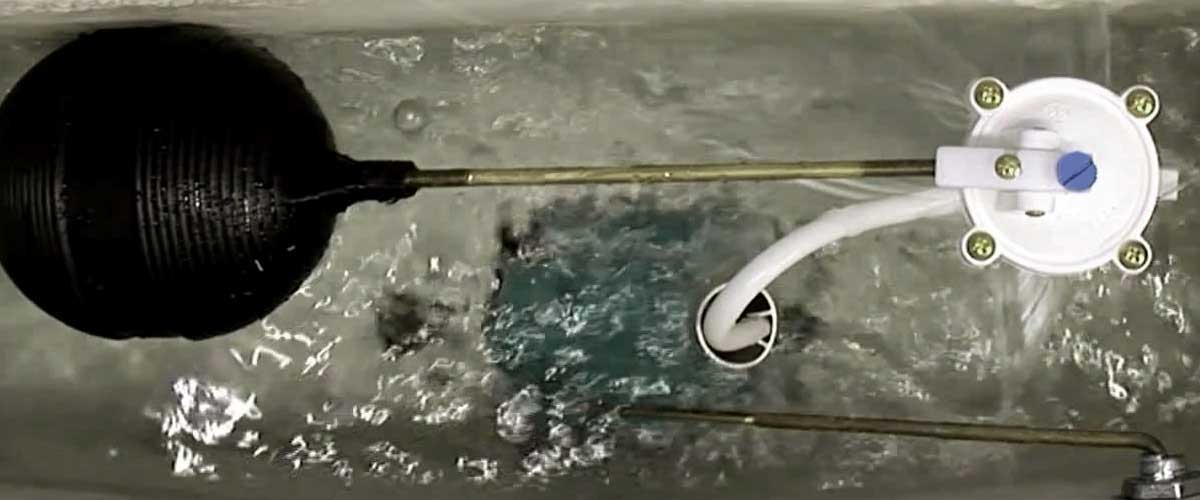Repairing a faulty wc ball cock valve
SOME PEOPLE MAY BE ASKING, "NEVER MIND RENEWING A FAULTY BALL VALVE"...... WHAT IS IT?

Fixing a faulty ball valve
-
Wc cistern ball valves control the water flowing into toilet cisterns. They can wear out and cause an overflow from the cistern's warning pipe or it may result in the cistern running dry, which causes the cistern to stop flushing properly.
-
If you spot water overflowing from the cistern, check to see if the valve's float is actually floating, if it is partially submerged, tie the ball valve up at its highest position with string or tape it to side to shut off the valve.
-
Otherwise, unscrew the float and empty the water.
-
For a temporary solution, you can tie a small plastic bag tightly around the area where the existing ball valve was attached. You'll need to replace with a new float as soon as possible. Make sure you know which type to get. The most commonly used valve is the brass Portsmouth with an internal piston. Other types include equilibrium or diaphragm valves.
-
Turn off the main water supply to the cistern.
-
If the fault is in the toilet cistern, cut off the supply to the cold water storage tank, drain it by opening the bathroom cold taps and flush the cistern.
-
If your toilet has a Portsmouth valve, remove the float arm and pull out the securing pin with pliers.
-
Unscrew the cap at the end of the valve with a wrench. Apply some lubricant oil to loosen it.
-
Lever out the piston by sliding the blade of the screwdriver in the slot of the valve. For a one-piece piston, simply remove the old washer and replace with a new one. If you have a two-piece piston, rotate the piston and unscrew the cap with a screwdriver to remove the washer. Replace with a new washer.
-
Clean the valve parts, and lubricate the piston with a little lubricant oil.
-
Reassemble the valve and turn the main water supply back on.
-
Make sure that the cistern fills up just below the warning level or ecess overflow pipe.
-
For diaphragm valves, unscrew the retaining nut at the end of the valve body and remove the end cap.
-
Lever out the existing diaphragm with a screwdriver and replace with a new one. Note the way in which the old diaphragm was fitted so that you can insert the new one in the same way.
-
Reassemble the valve and turn on the water supply.

More DIY tips Interesting Blogs Door Frames
Printable Version